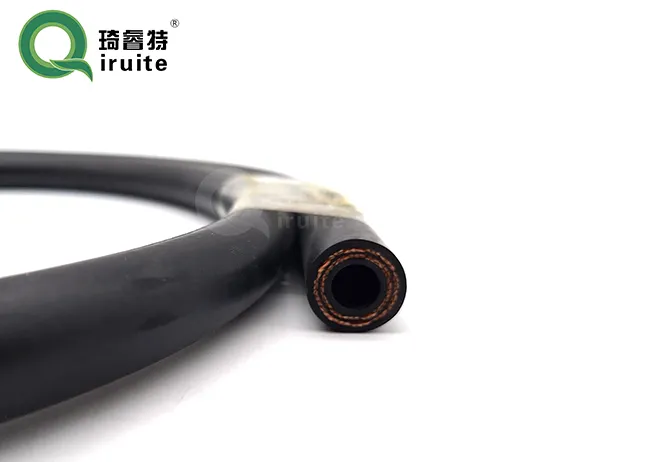Labor Hours Required for Replacing Power Steering Hose and Related Insights
Labor Time to Replace Power Steering Hose A Comprehensive Guide
When it comes to maintaining a vehicle, one of the essential components to keep an eye on is the power steering system. The power steering hose plays a pivotal role in this system, transferring fluid from the power steering pump to the steering gear, allowing for smooth steering and maneuverability. However, like any other automotive component, power steering hoses can wear out over time due to exposure to heat, pressure, and contaminants. If you're noticing symptoms like difficulty steering, squealing noises when turning, or fluid leaks, it may be time to replace the power steering hose.
Understanding the Importance of the Power Steering System
The power steering system makes it easier for drivers to steer their vehicles by reducing the amount of effort required to turn the wheel. This system generally consists of a power steering pump, fluid reservoir, steering gear, and the power steering hoses. The hoses, specifically, are critical because they carry pressurized fluid that assists in driving the vehicle smoothly and effectively.
Signs of a Failing Power Steering Hose
Before considering the labor time for replacement, it’s essential to identify the signs of a failing power steering hose. Common indicators include
1. Fluid Leaks If you notice a puddle of reddish or amber fluid under your vehicle, it could be a sign that the power steering hose has a leak. 2. Steering Difficulties If you’re experiencing stiff or unresponsive steering, this may indicate a low fluid level due to a hose leak. 3. Noisy Steering When Turning A failing hose can lead to air entering the system, causing whining or squeaking sounds when you steer. 4. Burning Smell If the power steering fluid overheats due to leaks, it may produce a burning smell.
The Replacement Process
Replacing a power steering hose is a task that can vary in terms of labor time, depending on several factors including make and model, the location of the hose, and whether any additional components need to be removed for access.
1. Preparation First, ensure the vehicle is on a level surface and that the engine is off. Wear gloves and safety goggles for protection.
2. Locate the Hose Depending on the vehicle, power steering hoses can be located in tight spaces, making accessibility a challenge. Knowing where to find the hose and having proper tools at hand will save time.
labor time to replace power steering hose

3. Drain the Power Steering Fluid Before removing the hose, you’ll need to drain the power steering fluid, which generally involves removing the reservoir cap and allowing the fluid to flow out.
4. Remove the Old Hose Use the appropriate tools to remove the clamps securing the hose at both ends. If any stubborn fittings are present, some penetrating oil may be needed.
5. Install the New Hose Once the old hose is removed, the new one can be installed by reversing the removal steps. Ensure that all clamps are securely fastened to avoid leaks.
6. Refill the Fluid After installation, refill the power steering fluid reservoir and check for any leaks before starting the vehicle.
Labor Time Estimates
On average, the labor time to replace a power steering hose can range from 1 to 3 hours. This estimate largely depends on factors such as
- Vehicle Make and Model Some cars have more accessible power steering hoses than others. For example, removing a hose from a large SUV may take longer than from a compact car.
- Hose Location If the hose is difficult to access, additional time may be needed to remove components that are in the way.
- Experience Level of the Technician A skilled mechanic may complete the job more quickly than a novice do-it-yourselfer.
Conclusion
Replacing a power steering hose is a crucial repair that should not be overlooked. Not only does it ensure that your vehicle handles smoothly, but it also helps maintain the overall health of your power steering system. By understanding the signs of a failing hose and being informed about the replacement process, you can take proactive steps to keep your vehicle in optimal condition. Remember that if you’re ever in doubt, it’s best to consult with a professional mechanic to ensure the job is done correctly and efficiently.
-
Ultimate Spiral Protection for Hoses & CablesNewsJun.26,2025
-
The Ultimate Quick-Connect Solutions for Every NeedNewsJun.26,2025
-
SAE J1401 Brake Hose: Reliable Choice for Safe BrakingNewsJun.26,2025
-
Reliable J2064 A/C Hoses for Real-World Cooling NeedsNewsJun.26,2025
-
Heavy-Duty Sewer Jetting Hoses Built to LastNewsJun.26,2025
-
Fix Power Steering Tube Leaks Fast – Durable & Affordable SolutionNewsJun.26,2025

